Entrance ceremony 2024: The President’s welcome address
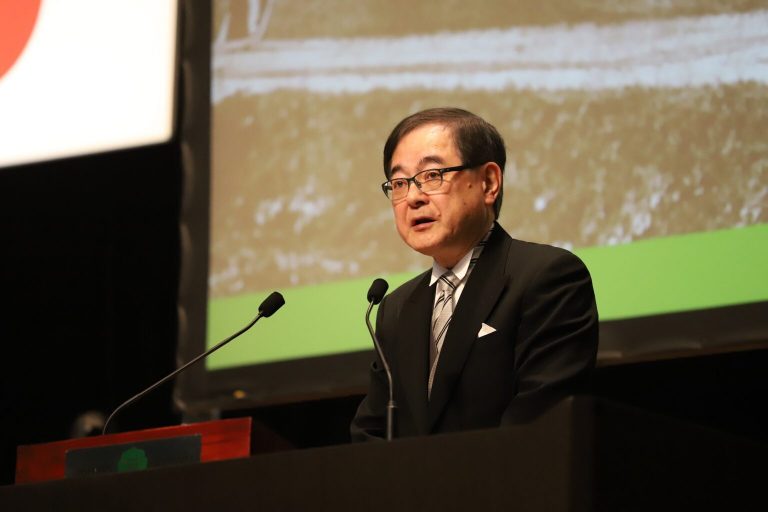
Today, we are honored to welcome 2,596 new students to our university. Congratulations to all incoming students on your admission to Hokkaido University.
On behalf of all faculty, staff, and current students of Hokkaido University, I would like to express my warmest congratulations on your enrollment. Also, many people have joined us here today, including many of your family members and others. I would like to extend my congratulations to all of you as well.
At today’s entrance ceremony, I would like to share three things with you.
First, I would like to talk about the history of Hokkaido University.
Nearly 150 years ago, in 1876, Sapporo Agricultural College was founded by the government of the Meiji Era—aiming to rival higher education institutions in the West. This Sapporo Agricultural College was the precursor to Hokkaido University, and one of the earliest higher education institutions in Japan.
Sapporo Agricultural College had opted to provide American-style liberal arts education. “Liberal arts” means “a wide range of general knowledge.” It is truly astounding that Sapporo Agricultural College, at the beginning of its existence, placed liberal arts at the core of its higher education curriculum: it offered not only agricultural studies, but also various foundational courses in English, which ranged from mathematics, chemistry and biology to history and economics. This is extremely progressive, even by today’s standards. As mentioned earlier, Hokkaido University is committed once again to strengthen its international educational foundation in the future, and its origins can be traced back to the Sapporo Agricultural College about 150 years ago.
Since then, Hokkaido University has maintained the following four basic principles of education and research developed through its liberal arts tradition: “Frontier Spirit,” with which we explore uncharted academic fields; “Global Perspectives,” which allows us to gain knowledge and awareness as globally-minded individuals and cultivate respect for diversity; “All-Round Education,” which gives us the foundation of our personal development; and “Practical Learning,” which gives us the opportunity to contribute back to society the knowledge and outcomes we have gained.
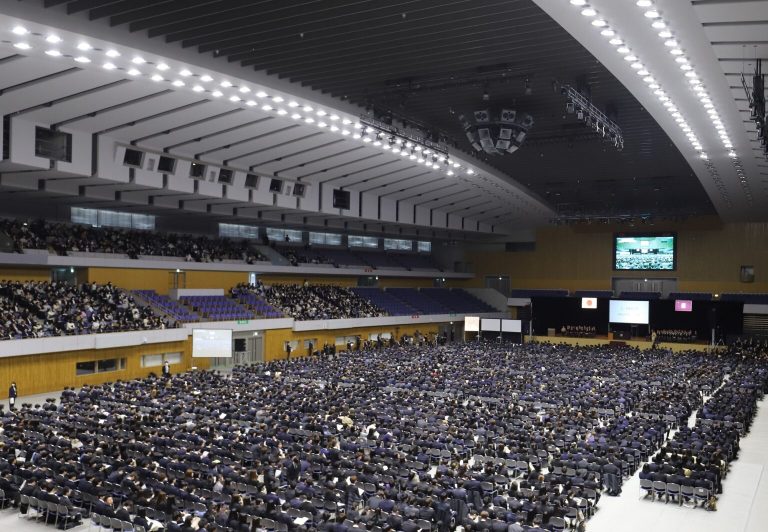
Hokkaido University’s Sapporo Campus is located in the center of Sapporo City yet boasts one of the largest and most diverse campuses in Japan. It is beautiful throughout all four seasons. I have visited many universities around the world, and I believe ours is one of the most beautiful university campuses in the world. Including the Hakodate Campus, many local research facilities, and the largest experimental forests in Japan, the total area of Hokkaido University is the largest in Japan, in fact, covering one five hundred seventieth of the country’s land area.
Furthermore, before Hokkaido University was established, this area had a settlement of Ainu people, where they lived and earned their daily livelihood. We can imagine that it was a very rich land, blessed with water and greenery—for Ainu people, it must have been a bountiful land abundant in resources. We who study here must not forget this history.
Fortunately, we often have opportunities to meet with people from universities in other countries. Some of them are world-leading institutions, where a similar history is properly taught and passed onto future generations, viewed as an important basis for their diverse values and cultures. We at Hokkaido University strive to be such an institution.
Today, following my address, the Hokkaido University Cheering Squad (Ouendan) and the Cheerleading Club will cheer for all of you. Hokkaido University’s Cheering Squad (Ouendan), especially, has a history of more than 100 years and boasts a particularly long and unique tradition among the Cheering Squads (Ouendan) of the so-called seven former imperial universities.
Hokkaido University is one of the oldest universities in Japan, and two years from now, in 2026, the University will celebrate its 150th anniversary of its foundation. We hope that you will feel both the longevity of our 150-years-of-history and modernity as you are cheered on by the historic Cheering Squad (Ouendan) and the new Cheerleading Club.
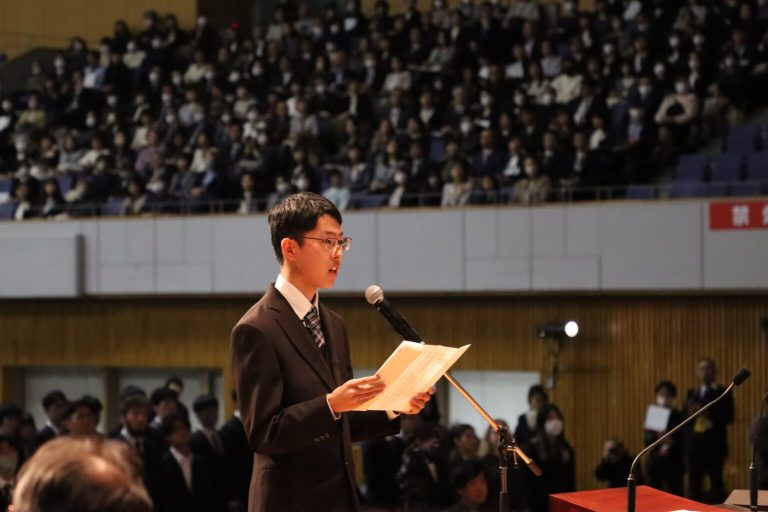
Second, I would like to talk about the three global crises that we are currently facing.
The first is the COVID-19 pandemic that has lasted more than three years, brought about by the global spread of the novel coronavirus, which nobody could have possibly anticipated. The second is the threat to the world’s peaceful ordersymbolized by the warfare in Ukraine and the conflicts in the Gaza Strip, and it is the crisis to humanitarianism that our predecessors have built. The third is the crisis that threatens life on the planet, caused by global warming and other climatic changes which have resulted from humankind’s extensive industrial production since the Industrial Revolution.
What all three have in common is that they are crises caused by human beings. However, I believe there are things Hokkaido University can do to help overcome these crises. First, Hokkaido University is a hub for health sciences research in Japan, where we collectively leverage our strengths as a comprehensive university to fight against new infectious diseases, including COVID-19. Second, the University has sought world peace, as well as prosperity built on peace, in all areas of education and research. Notably, Hokkaido University is Japan’s comprehensive research university that is geographically closest to Russia and has pursued stability and the peaceful order of the world through its research in Slavic-Eurasian and other regional studies. Furthermore, one of the most well-known dormitory songs in Japan, Miyako zo Yayoi (Spring Comes to the Capital), which will be performed today, beautifully expresses the spirit of seeking peace that we aspire to. The lyrics “Hito no yo no kiyoki kuni to zo akogarenu” (We long for a pure land in the world of ours) perfectly capture this sentiment. Third, the University has a history of making efforts to transform our campus, which has always been rich in nature, into a sustainable one, and has developed research in integrated science related to energy and the global environment.
Hokkaido University is only one of the tens of thousands of universities in the world. But we can do something about these human-made global crises. What humans have caused cannot but be solved by humans.
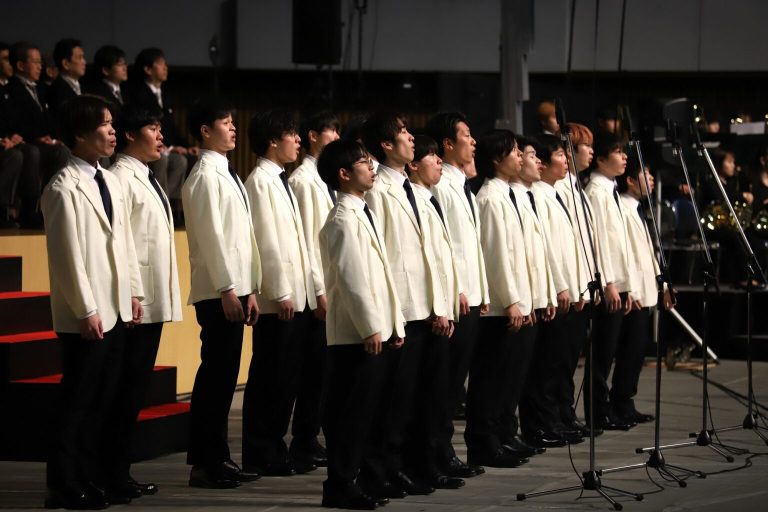
Third, I would like to talk about the future; the direction that Hokkaido University is heading.
Last year, Hokkaido University announced a vision for the year 2030, titled HU VISION 2030. In this Vision, we at Hokkaido University have set the realization of a sustainable well-being society as a major objective, which is the world’s common goal. To achieve this, we are extensively committed to reforming the university’s education and research, as well as the system to expand education and research into society, aiming to establish a new Japanese university, which we call the Novel Japan University Model.
The Novel Japan University Model is based on two axes: Excellence, which represents outstanding cutting-edge research and education, and Extension, which represents the ability to connect with the world, Japan, and the regional community. These are the two “EX” components. After enrollment, you will have the opportunity to learn about both Excellence and Extension in various situations.
An example of “Excellence” and “Extension” is our commitment to SDGs. It should be noted that our university has long been addressing many of the themes of the SDGs, beginning from our founding 150 years ago, including ‘environmental preservation’ of the vast grounds of the University covering our campuses and experimental forests; ‘food resources’ to help solve hunger and food crises; ‘health sciences research’ to promote healthy living and well-being; ‘marine research;’ and initiatives for ‘diversity and inclusion.’ What is now called SDGs rephrase the founding principles of the University and the very essence, of Hokkaido University throughout its 150 years of existence.
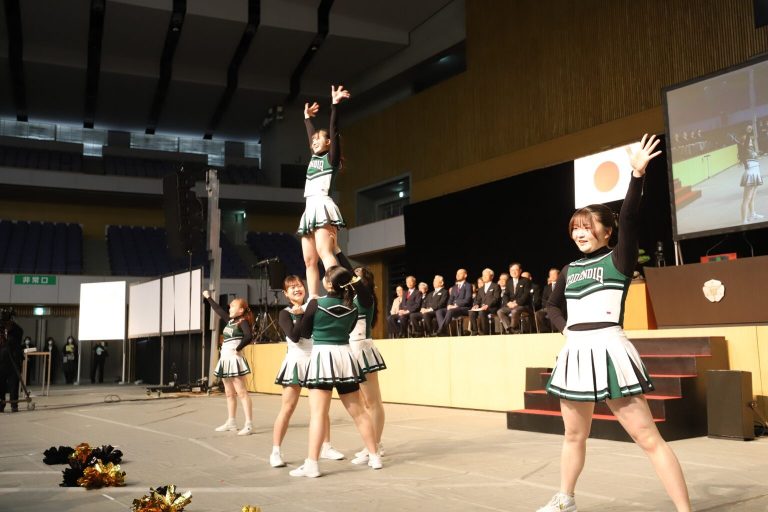
Going forward, our goal is to dramatically improve our “Excellence” and research capabilities, which are the foundation of a research university, and to implement the “Extension” of our research results to solve global and regional issues. Today, Japan’s scientific research capabilities are falling far behind the world’s leading group. Certainly, if we look at the 21st century alone, Japan has 19 Nobel laureates. At Hokkaido University, we have Professor Emeritus Dr. Akira Suzuki and Specially Appointed Professor Dr. Benjamin List. However, most of Japan’s Nobel laureates were recognized for their work from the 1960s through the 1990s. We are seriously concerned that not only the number of Nobel Prizes but also the number of cutting-edge researchers who garner global recognition and contribute to solving global issues will decrease drastically in the future.
To counter this, we, at Hokkaido University, as a premier research university in Japan, are making diverse efforts to promote world-leading research. I sincerely hope that all of you, the young generation who will lead the future, will take the challenge and study to scale up the research capabilities of Hokkaido University and become the driving force behind rebuilding Japan’s research capabilities and its return to the leading group in the world. A revival in Japan’s scientific research can happen when a number of world-class researchers emerge from among you. Hokkaido University is an institution which carries that responsibility and capability.
These are the three aspects of where Hokkaido University is today.
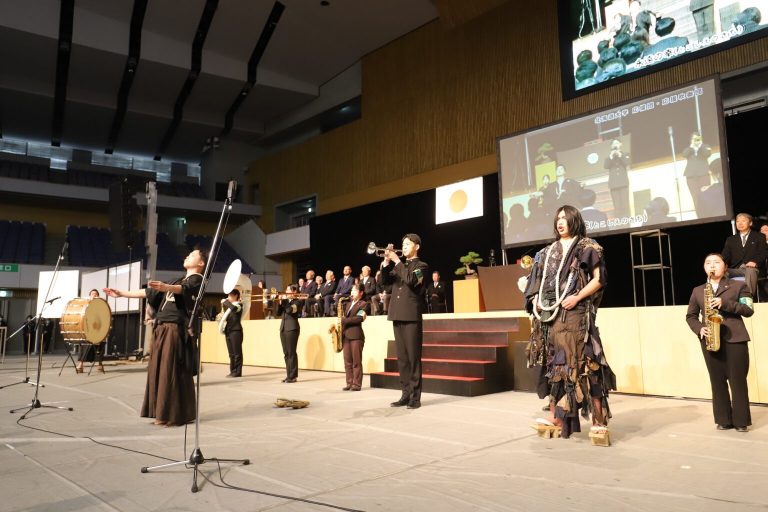
Finally, there is someone I must talk about at this entrance ceremony. It is our first Vice President, Dr. William S. Clark. Although the position of Vice President may seem like the second in charge, Dr. Clark was effectively in charge of Sapporo Agricultural College, and our first de facto President as per the system of that period.
About 150 years ago, Dr. Clark held the high position of President of the Massachusetts Agricultural College, near Boston, on the East Coast of the United States. However, in 1876, he accepted a request from the Meiji government of Japan, crossing the American continent and risking his life across the Pacific Ocean to come to Sapporo, where he was joined by 13 students who had studied English in Tokyo. The population of Sapporo at that time is not known exactly, but it is estimated to have been only about 2,000. By any measure, it seemed like a daunting, and, depending on how you look at it, reckless challenge.
After accomplishing the great undertaking of laying the foundation for Sapporo Agricultural College, he left Japan like a gust of wind with a simple and inspiring message: “Boys, be ambitious, like this old man!” After returning to the U.S., Dr. Clark started his own business, but he suffered from a series of adverse events and eventually passed away in misfortune.
These facts mean that his life itself was a constant challenge throughout his lifetime. He was not limited to academic and educational pursuits, but a life of ambition to change the world and society through a series of brave endeavors, which were precisely entrepreneurship and startups in today’s terms.
I believe that Dr. Clark’s words of wisdom, “Be Ambitious!” are not just words of “encouragement” to his students, but words of his own soul, which he continued to practice throughout his life.
After today’s ceremony, please stop by at the bust of Dr. Clark on the Central Lawn on campus, one of the most famous busts in Japan and spend some time to reflect on his life of ambition and daring pursuits.
Hokkaido University is a university that has carried on the spirit of Dr. Clark, “Be Ambitious,” for 150 years. You are all members of this university from today. Congratulations to you all, and welcome to this wonderful Hokkaido University.
Click the link below to read the transcription of the original Japanese address:
